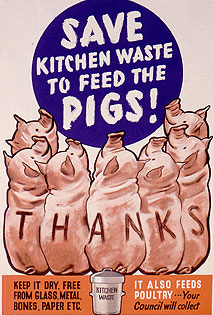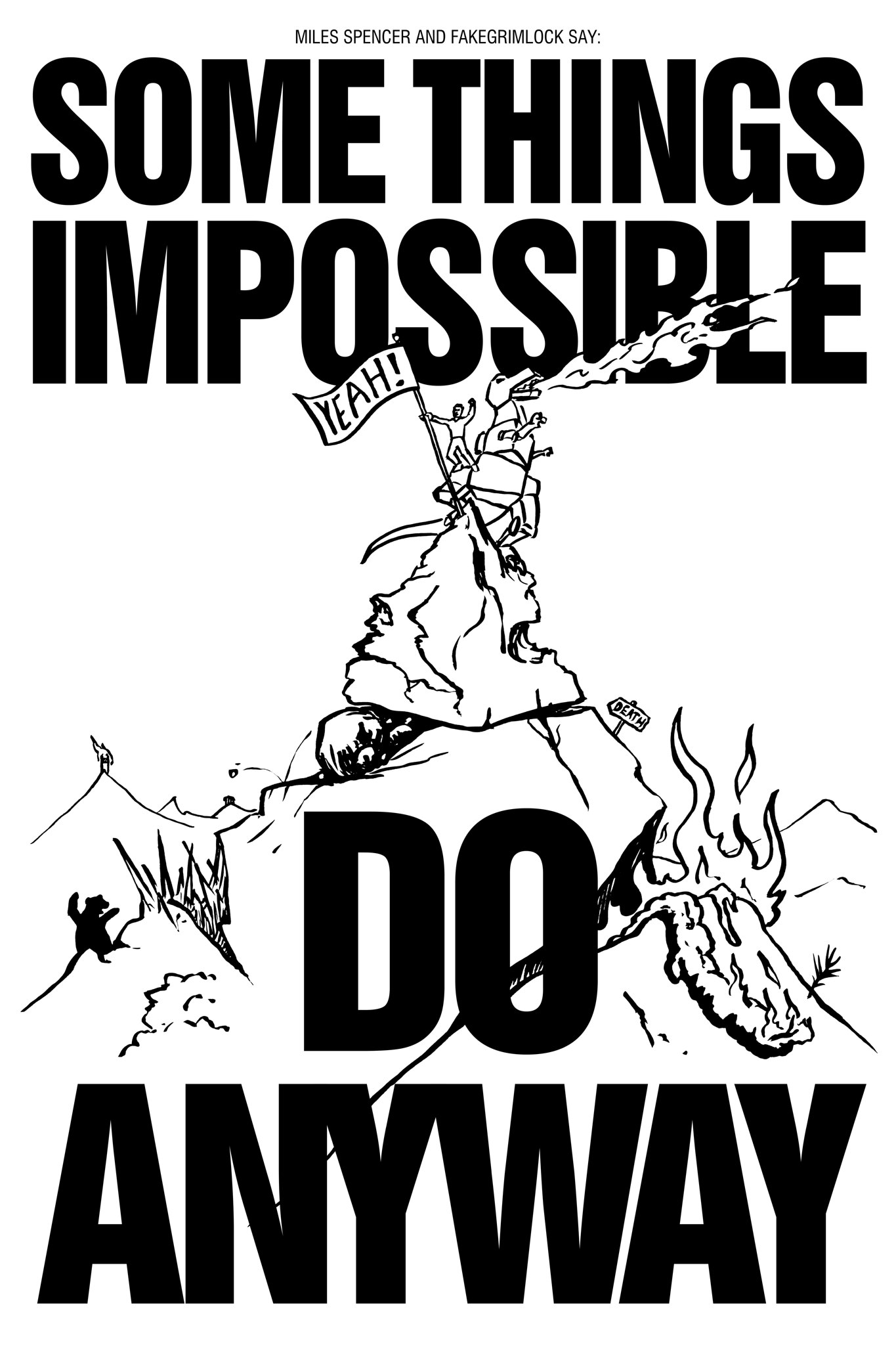Most buildings (and people) exhibit all three to a greater or lessor extent and do so at the same time, for different reasons. Confusion between these reasons prevents appropriate action to eliminate waste. So although the difference between them is on the face of it very obvious I will really emphasize these differences to make them very clear...
| Photo Credit Wikipedia |
Waste Types
Thoughtless waste
When you leave the door open during winter and let all the weather come tumbling into your reception area, you are practicing behavioural waste. Well insulated boundaries of your building are easily bypassed by a few ounces of thoughtlessness. Thoughtless waste trumps good construction (or building planning).
Planned Waste
You may have the door closed to keep the weather out, but when you had your building designed to such a poor specification you were (perhaps inadvertently) planning for waste. Such buildings may as well be in the open air for all the difference that closing the door makes. Planned Waste trumps righteous thinking.
Both of these forms of waste imply spending resources to heat up outside and you only have to fail at one to suffer the impact. This leads us to the third form of waste...
Obligatory Waste and Patio Heaters
| patio heater (Photo credit: jasonwoodhead23) |
But it isn't just patio heaters - "obligatory waste" is rampant.
Other forms of obligatory waste include decorative lights that burn all night (because we must put up Christmas decorations - and only scrooge would want to save the planet!), food waste ( we need to over-provide to be content and obesity equals happiness ? ), driving children to school when there is a school bus or better a safe cycle route to ride (because responsible parents need their children to suffer early heart disease ? ), and finally and most wantonly that marketing mans dream - buying gifts for people who have "everything they need" but for whom you feel "obliged to waste something" . And the list goes on...
These last types of stupidity are often socially driven and suggests our society is wholly immature. We are conditioned to consume and if we cannot consume then we simply demand and dispose of the excess that we cannot use.
| A World War II poster encouraging kitchen waste to feed animals. What went wrong ??? (Photo credit: Wikipedia) |
Is deliberately throwing energy away - in the interest of achieving a questionable marketing effect really wise ? I say questionable, because very soon, (I hope) this sort of nonsense will be considered socially reprehensible, and then it will be criminalized and finally it may be stopped.
The only real cures for obligatory waste are an escalation of educational context and social discipline, from gentle encouragement, through social ridicule on wards to compulsory instruction and ultimately if necessary harsh punishment. Our great grandchildren may end up screaming for execution for even the thought crime of waste!
Humanity knows it is screwing up the climate (apart from those with clear political agendas, and perhaps a few outliers whose ignorance and inability to face reality is hard to fathom or beyond the pale).
BTW "beyond the pale" refers to a paling fence or demarcation line to delineate gettos, as a reprehensible social engineering tool (typically anti-semitic or pro-anglo-saxon) it is revolting. So I do not mean it as a racist comment, but use it deliberately to refer to a class of people to whom we must become intolerant in the common interest (including theirs).
However, this was not where this blog post goes. I wanted to make a simpler point.
If you want to fix "Planned Waste" then you had best address "Thoughtless Waste" first. Why - because the first can be bought but not bought well in the context of the other, and the other must be learned - and cannot be bought at any price.
If thoughtless waste is addressed, it comes at the princely price of a penny - as in "a penny for your thoughts". So payback is immediate and it clears noise away so that investment in reducing "Planned Waste" can be made in the context of a reasonable operation. Please remember that thoughtless waste includes, not turning down thermostats, not adjusting time-clocks and making unfounded assumptions about needs.
Regarding the last "Obligatory Waste" - can only say that the obligations are rules made to be broken. Waste is always wanton. So preventing waste always allows the actor access to the higher ground.
A few people saying no I won't sit under heaters designed to heat outdoors makes some direct difference, but a social movement of intolerance towards profligacy is overdue and undervalued - but "the times they are a-changing"











.jpg)
.png)










.png)










.png)












